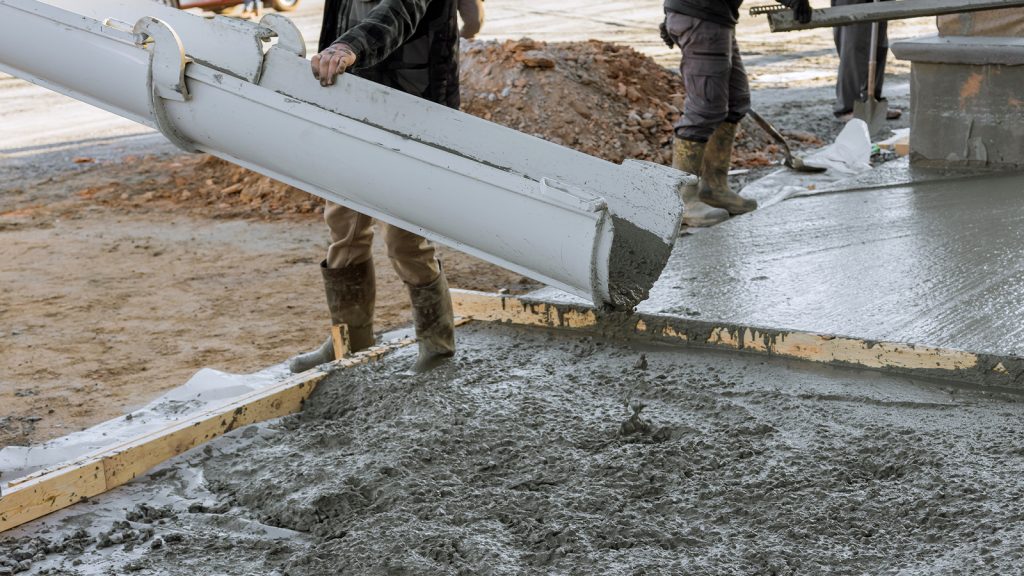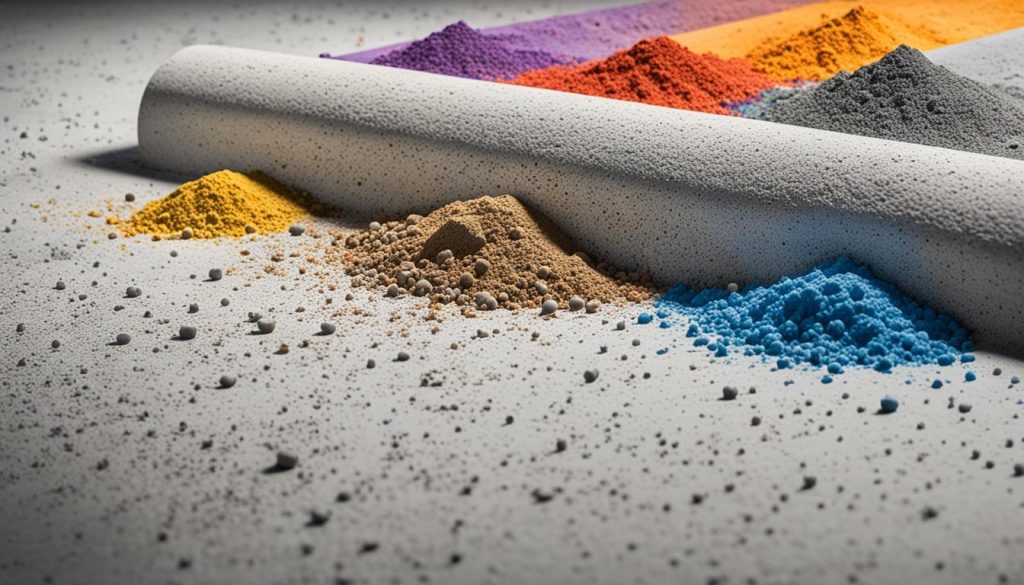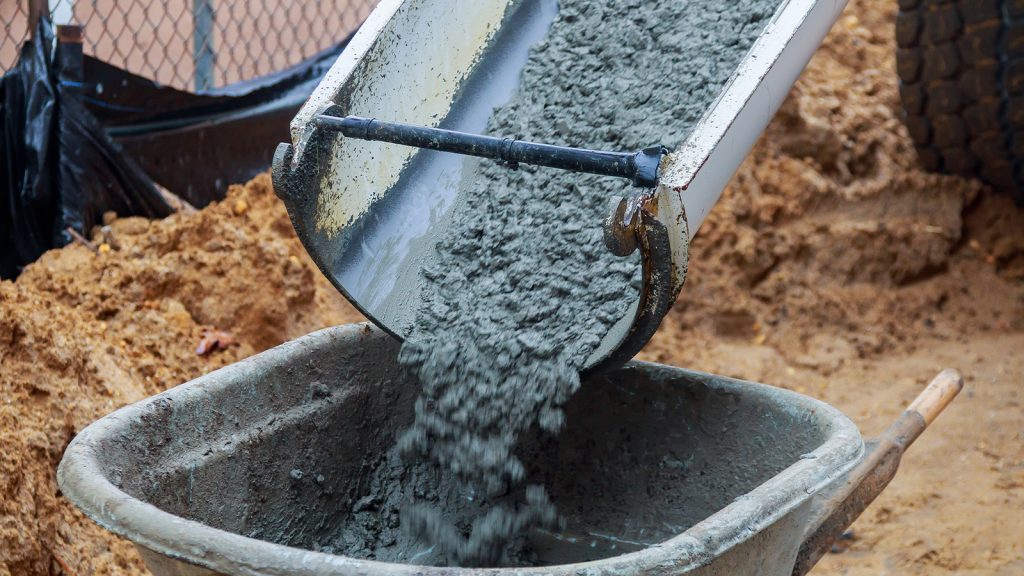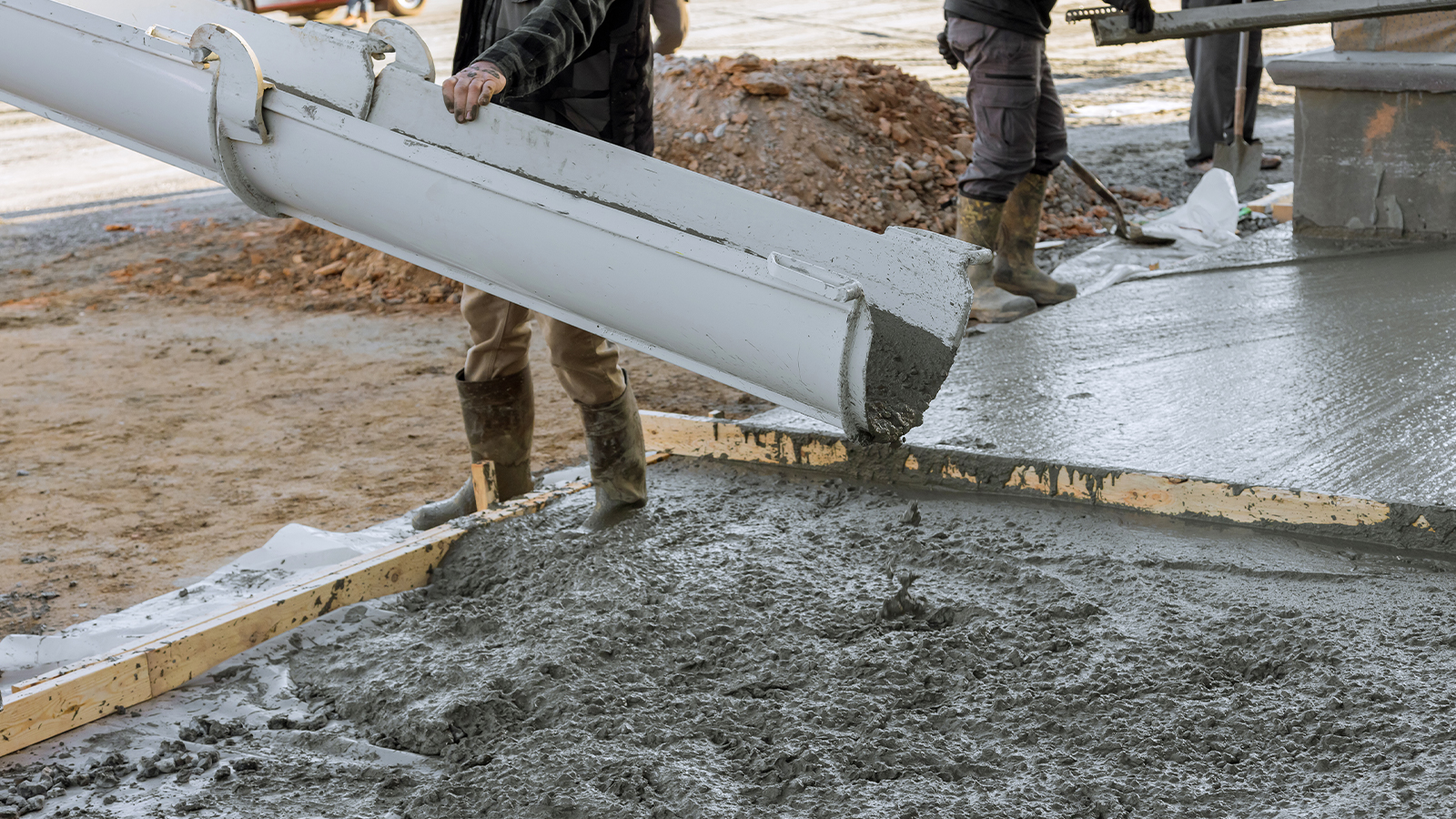Introduction
The construction landscape is constantly evolving, and at MBC Management, we are at the forefront of integrating concrete admixture technology within our commercial projects. The advent of high-performance hardened concrete has marked a significant milestone in concrete construction, setting new benchmarks for durability, resilience, and efficiency.
Improved concrete properties are not just a demand; they are a necessity in modern construction. Through the strategic use of concrete admixtures, we have consistently achieved ground-breaking results, ensuring that every structural element we create is both robust and sustainable.
At MBC Construction, based in Grimes County, Texas, we’ve witnessed firsthand how the incorporation of admixtures transforms the landscape of commercial concrete construction. Through years of experience and dedication to innovation, our team has developed a profound understanding of the properties of concrete and the pivotal role that admixtures play.
This article delves into the science and application of concrete admixtures, offering insights into their historical evolution, types, and the substantial benefits they bring to commercial construction projects.

Key Takeaways
- Admixtures are indispensable for creating high-strength concrete tailored for modern construction needs.
- The role of admixtures in the construction process extends beyond strength, also influencing workability and durability.
- Innovations in concrete technology are largely driven by the sophisticated development of new admixture formulas.
- Understanding and applying the right admixtures can elevate a project’s architectural and structural ambitions.
- The strategic use of admixtures is a testament to a construction company’s commitment to performance concrete.
- Admixtures empower us to construct commercial buildings that are not only reliable today but also sustainable for tomorrow.
Understanding Concrete Admixtures
As we delve into the complexities of commercial construction, it becomes apparent that concrete without admixtures does not quite suffice to meet today’s engineering demands. These necessary components, known as concrete admixtures, are indispensable in modifying the behavior of concrete to enhance its high performance characteristics.
What Is A Concrete Admixture?
A concrete admixture is any material added to the concrete mix, besides the standard ingredients of portland cement, water, and aggregates, to modify the properties of the mix.
These admixtures are pivotal in enhancing the performance concrete in its fresh and hardened state, providing improved workability, durability, and strength. From water-reducing admixtures to superplasticizers, the range of available admixtures allows us to tailor the concrete mix to meet specific project requirements and challenges.
Types of Admixtures and Their Functions
Water-Reducing Admixtures
Water-reducing admixtures are designed to decrease the water content in a concrete mix without compromising its workability. This reduction in water enhances the strength of concrete and its durability, making it an essential component for high-performance concrete.
Accelerating Admixtures
These admixtures shorten the setting time of concrete, accelerating early strength development. They are particularly useful in fast-paced construction projects or in environments where rapid setting is required due to weather conditions that could have significant effects on concrete.
Air-Entraining Admixtures
Air-entraining admixtures introduce tiny air bubbles into the concrete, improving its resistance to freeze-thaw cycles and enhancing its workability. This type of admixture is crucial for extending the life span of concrete structures in climates prone to extreme weather changes.
Superplasticizers
Superplasticizers are a type of water-reducing admixture that allows for a significant reduction in water content without affecting the fluidity of the new concrete. They enable the production of highly workable concrete with lower water-cement ratios, leading to higher-strength concrete and improved durability.

The Impact on Concrete Durability
At the core of our commitment to constructing enduring structures lies our focus on the durability of concrete. It’s not just about creating buildings and infrastructures; we aim to ensure that each creation withstands the test of time and elements. Admixtures play a key role in this endeavor, improving the mechanical properties of concrete and its overall resistance.
Enhancing Longevity
Admixtures play a critical role in extending the longevity of concrete structures. By improving the mechanical properties of concrete, such as its compressive and tensile strength, admixtures contribute to long-lasting, durable constructions.
Resistance to Environmental Factors
Fresh concrete admixtures enhance the material’s resistance of concrete to environmental challenges. From scorching heat to freezing cold, reinforced structures are continuously exposed to severe weather. Our utilization of advanced admixtures ensures a fortified defense against freeze-thaw cycles, chemical attacks, and even UV radiation, which can degrade traditional concrete over time. This increased resistance ensures that structures withstand the test of time, maintaining their integrity and function.

Admixtures and Concrete Workability
At the heart of enhancing concrete workability are the carefully selected admixtures that tailor the material for improved handling and finish.
Easing Placement and Finishing – The role of admixtures in handling and compaction
Admixtures within the concrete significantly improve the workability, facilitating easier placement, compaction, and finishing. This aspect is particularly beneficial in complex constructions where precise handling and shaping or design of concrete are required.
| Admixture Type | Effect on Workability | Improvement in Handling |
| Superplasticizers | Increases fluidity | Simplifies placement and reduces need for vibration |
| Air-Entraining Agents | Improves cohesion | Facilitates pumping and finishing |
| Water-Reducing Admixtures | Enhances workability with less water | Optimizes concrete strength and finishing |
Achieving Specific Textures and Finishes – The aesthetic benefits
Beyond functional advantages, admixtures also offer aesthetic flexibility, enabling the achievement of various textures and finishes. This capability allows architects and designers to realize their creative visions without compromising the structural integrity of the construction.
| Admixture Type | Textural Effect | Applicable Finishing Techniques |
| Retarding Admixtures | Delayed setting for special surface treatments | Brushed finishes, exposed aggregate |
| Superplasticizers | Highly uniform surfaces | Smooth and polished finishes |
| Air-Entraining Agents | Controlled texture with air voids | Frost-resistant surfaces |
Our mission is to continuously elevate the standards of commercial construction by delivering construction materials of exceptional workability and aesthetic quality. Through careful admixture selection and application used in concrete, we fulfill the tactile and visual demands of complex architectural projects.
Conclusion
The integration of admixtures in commercial construction is not just a trend; it’s a testament to the industry’s commitment to advancing the quality, durability, and sustainability of concrete structures.
At MBC Construction, we embrace these innovations, continually exploring new ways to enhance the properties of concrete through the judicious use of admixtures. Our projects stand as a beacon of modern concrete construction, embodying the strength, durability, and aesthetic excellence achievable with today’s concrete technology.
Frequently Asked Questions
What exactly is an admixture in concrete?
An admixture for concrete is a material other than water, aggregates, cementitious material, and reinforcement used as an ingredient of concrete and is added to the batch before or during mixing to modify its properties and behavior in the fresh and hardened state.
How do concrete admixtures contribute to commercial construction?
In commercial construction, concrete admixtures enhance performance by improving strength, durability, and workability of the concrete mix. These admixtures allow for more intricate designs, faster construction times, and longer-lasting structures that can withstand a variety of environmental conditions.
Are there different types of concrete admixtures?
Yes, there are several types of concrete admixtures used in the industry, including water-reducing admixtures, retarding admixtures, accelerating admixtures, superplasticizers, and air-entraining agents, each serving a particular function to benefit the concrete in various ways.
What role do water-reducing admixtures play in concrete mix?
Water-reducing admixtures decrease the water content required to reach a certain slump (workability) of concrete without compromising its strength, leading to higher-strength concrete with less porosity, improved finishability, and greater durability.
How do chemical admixtures affect the setting time of concrete?
Chemical admixtures can either accelerate or retard the setting time of concrete. Accelerators fast-track the hardening process, useful in cold weather or when early strength development is needed, while retarders slow down the set time, beneficial in hot weather or for large pours to ensure proper working time.
Can admixtures enhance the durability of concrete?
Definitely. Admixtures such as air-entraining agents and certain water-reducers can significantly enhance the durability of concrete by improving its resistance to freeze-thaw cycles, chemical attacks, and other environmental stresses that can lead to deterioration over time.
What are the aesthetic benefits of using admixtures in concrete?
Admixtures can improve the aesthetic qualities of concrete by enabling a smoother surface finish, better color consistency, and the ability to create unique textures and patterns. They can improve the concrete’s workability and finishing properties to meet specific architectural requirements.
Are there any drawbacks to using admixtures in concrete?
While admixtures offer many advantages, potential drawbacks could include increased cost, varying effects due to improper use or mix design, and the need for specialized knowledge to select and dose admixtures correctly. Training and quality control are essential to avoid any negative impacts on the concrete’s performance.




